Wolverine Frog Breaks Its Own Bones to Turn Them into Sharp Claws
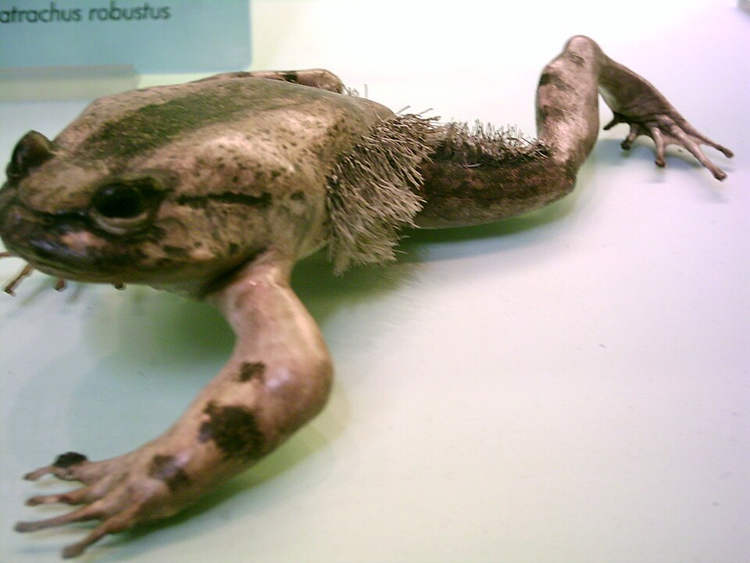
The African Hairy Frog has a peculiar self-destructive ability that allows it to snap its toe bones when threatened to create bone claws that pierce its skin just like Marvel’s Wolverine. Trichobatrachus robustus, aka the Hairy Frog or the Wolverine Frog, is one of nature’s strangest creatures. The males grow thin, hair-like skin threads on […]
The Stick Caterpillar Is Peak Natural Camouflage
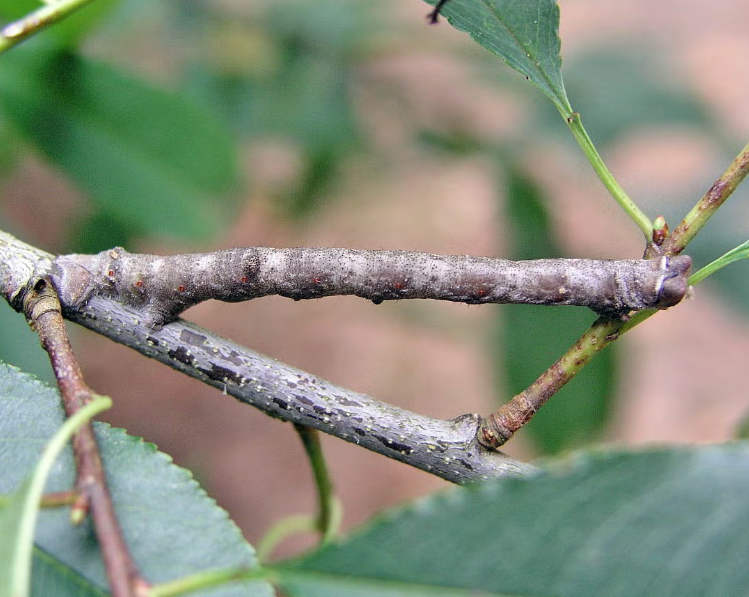
The caterpillar of the peppered moth has one of the most impressive natural camouflages in the animal world. Not only do they look like lifeless twigs, but they can also change color to match their background. Over the past 17 years, we’ve featured some of the world’s most incredible camouflages. From caterpillars that position themselves […]
Meet King Kong, the World’s Tallest Water Buffalo

Standing 185 cm (6 feet and 0.8 inches) tall from hoof to withers, 3-year-old King Kong is the world’s tallest water buffalo. Water buffalos are among the biggest bovine species, but even among them, King Kong, a 3-year-old specimen born on a farm in Nakhon Ratchasima, Thailand, stands out as exceptionally tall. Measuring a whopping […]
Desperate Canine Mother Carries Unconscious Puppy to Vet Clinic

A veterinary clinic in Turkey recently shared the touching story of a stray dog who carried her unconscious puppy in her mouth and left it at the clinic door as if begging for help. If not for the viral video footage captured by CCTV cameras, most people would probably think this story too heartwarming to […]
Bagheera Kiplingi, the World’s Only [Mostly] Vegetarian Spider
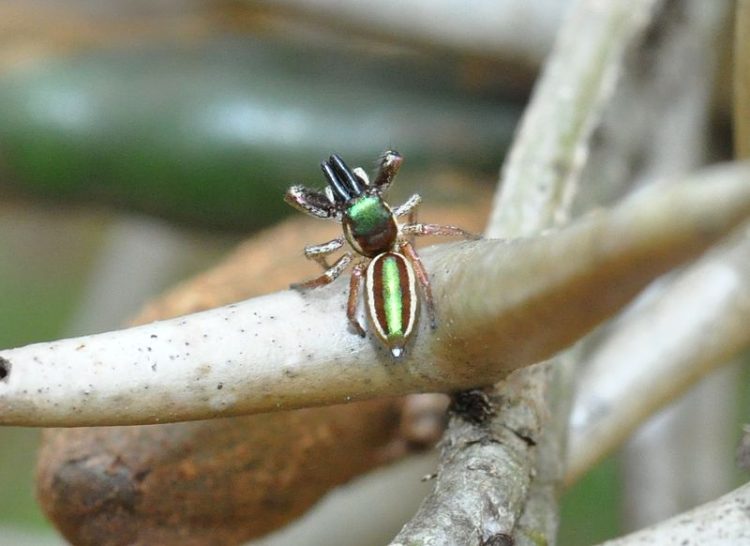
There are around 45,000 species of spider in the world, all of them carnivorous, with one exception – Bagheera kiplingi, a jumping spider known for feeding almost exclusively on plants. Native to the forests of Central America and Mexico, Bagheera kiplingi is only 5-6mm long and spends most of its time on the old leaves […]
Living Nightmare – The World’s Largest Leech Can Grow Up to 18 Inches Long
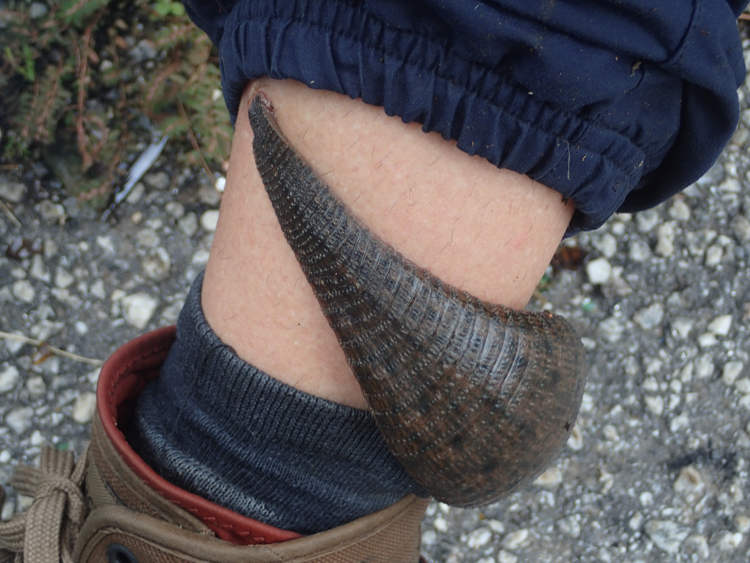
Haementeria ghilianii or the Amazonian Giant Leech is the world’s largest leech by quite a significant margin, growing up to 18 inches (46 cm) long. Leeches are found in wet and humid areas all over the globe, and while most are smaller than the average person’s index finger, a few can grow a lot longer […]
The World’s Largest Frog Is Teetering on the Brink of Extinction
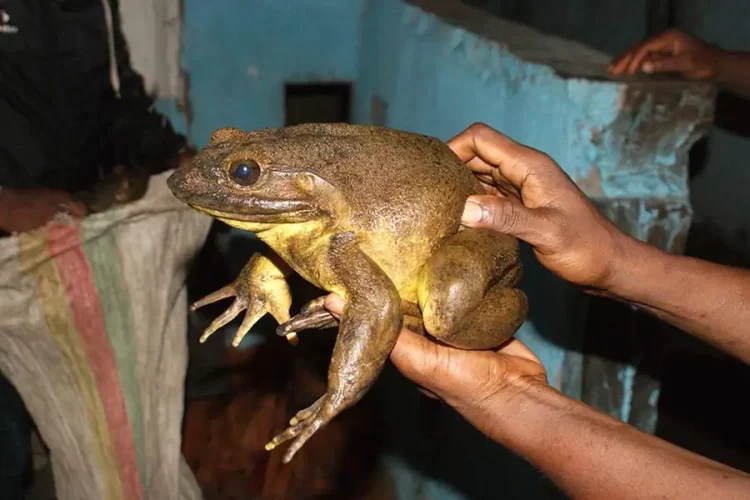
The Goliath Frog, the largest living frog on Earth, is facing extinction after a 50% decline in population size in the last three generations, mainly due to human activity. The Goliath Frog certainly lives up to its name. Reaching up to 13 inches long (32 cm) from snout to vent, and weighing up to 7.2 […]
The Picasso Moth Is Truly a Living Work of Art
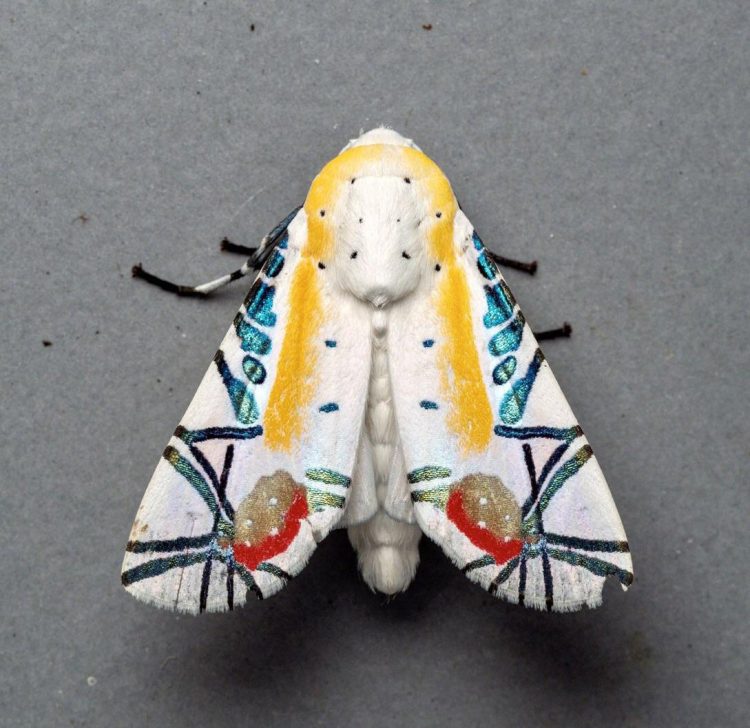
Baorisa hieroglyphica, also known as the Picasso moth, is a species of moth named after the famous Spanish painter Pablo Picasso because of its unusually artistic wing patterns. First described by British entomologist Frederic Moore in 1882, the Picasso moth is native to Southeast Asia and Northern India. Like most moths, Baorisa hieroglyphica is a nocturnal insect that […]
Blue-Tongued Lizard Defends Itself by Sticking Its Tongue Out to Predators
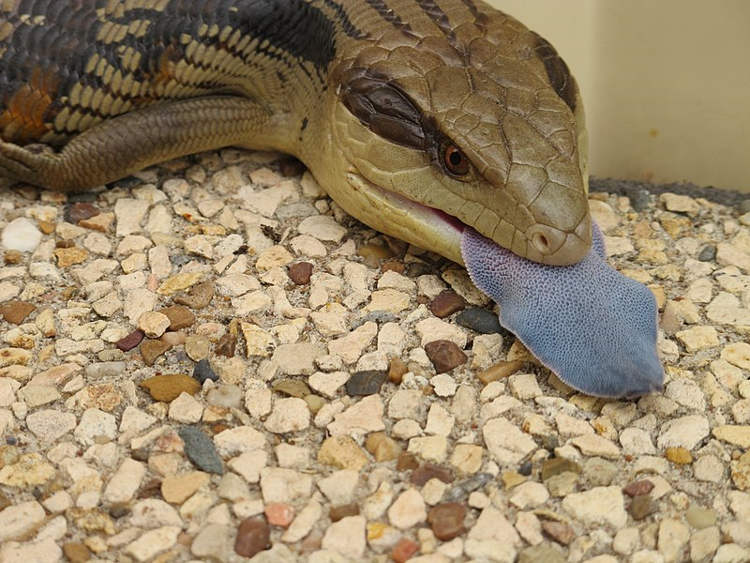
The blue-tongued skink, a lizard native to the Australian continent, has a rather bizarre defense mechanism – it sticks its bright-blue tongue out to predators and they actually run away, sometimes. A subspecies of Tiliqua scincoides, the blue-tongued skink is one of only five animals known to have blue tongues, the other being the chow […]
The World’s Smallest Rabbit Breed Fits in the Palm of Your Hand
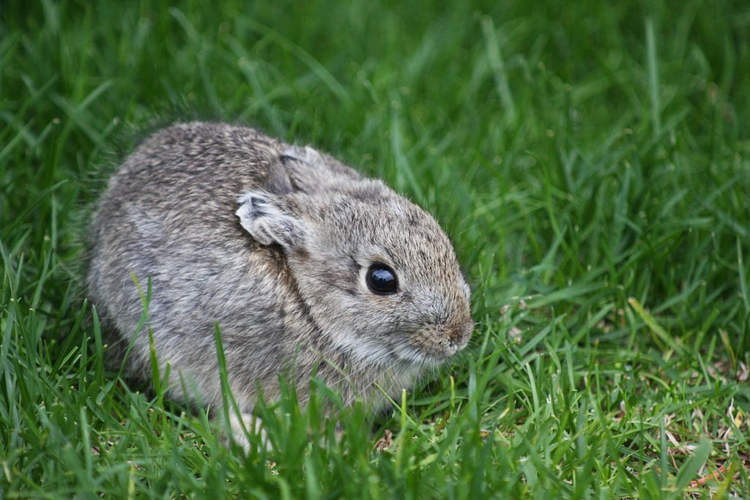
The Columbia Basin Pigmy Rabbit is the smallest and perhaps the rarest rabbit breed in the world. It is native to just one part of the Washington State Area, and weighs under 500 grams. There are plenty of tiny domestic rabbit breeds to choose from if you’re looking for an adorable pet rabbit, but the […]
Hero Dog Leads Rescuers to 84-Year-Old Owner Who Had Been Missing for a Week

Gregorio Romero, an 84-year-old man from Mexico’s Sonora state, owes his life to his pet dog, El Palomo, who led rescuers to him after becoming lost in the desert for a week. On November 27, Gregorio Romero left his home in Moctezuma to go for a walk, but he didn’t come back. His family wasn’t […]
The World’s Fastest Animal Reaches Speeds of Over 300 Km Per Hour
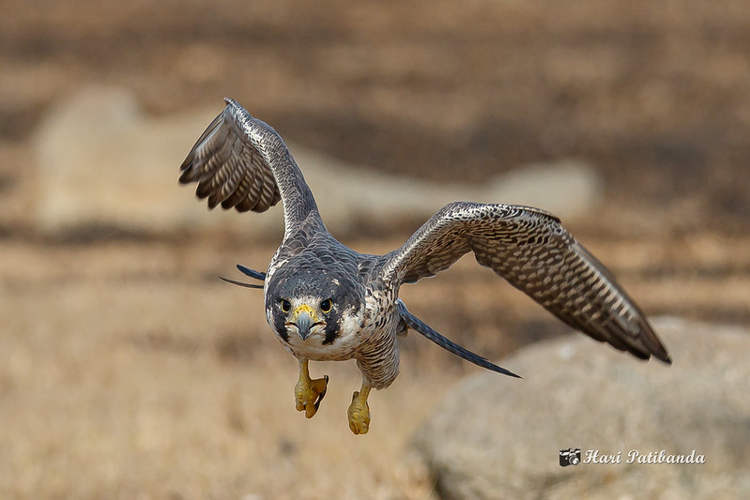
Cheetahs are famous for their speed, but they don’t even come close to the world’s faster animal, a falcon that swoops on its unsuspecting prey at speeds of over 300 km per hour. The peregrine falcon is one of the most efficient predators on Earth, and it owes much of that efficiency to its unrivaled […]
Honeypot Ants – The World’s Only Honey-Producing Ants
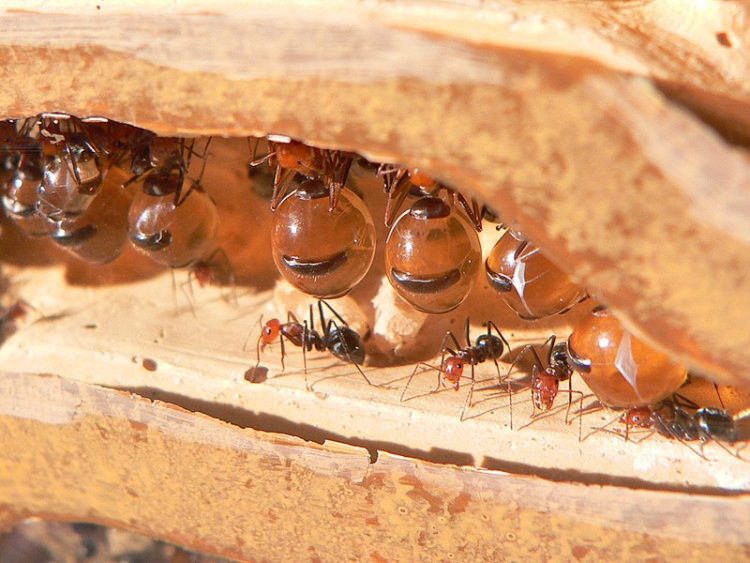
Honeypot Ants, or honey ants, are specialized workers of several species of ants whose sole job is to gorge on nectar until they become living honey-storage. Did you know that honeybees aren’t the only insects capable of producing the sweet, viscous, and brown-to-golden-colored natural product we know as honey? Several other species of bees, as […]
World’s Smallest Snake Can Easily Be Mistaken for an Earthworm
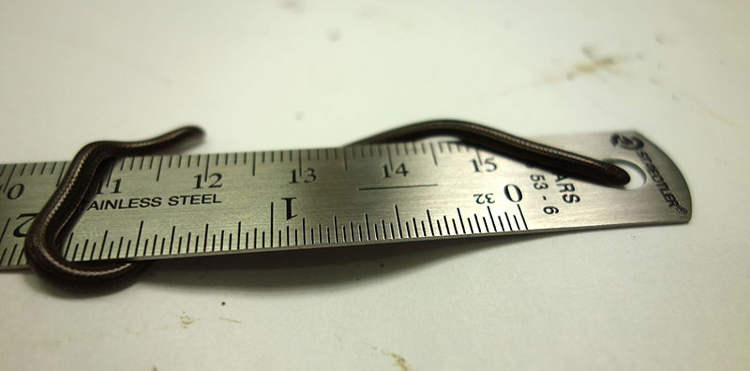
Measuring around 10 cm, with a diameter comparable to that of a cooked spaghetti, the Barbados Threadsnake (Tetracheilostoma carlae) is by far the smallest snake in the world. Spotting a Barbados threadsnake for the first time, you could swear it was an earthworm. They are actually comparable in size and diameter, with the largest specimen […]
This Bird Is the Heaviest Animal Capable of Walking on Water
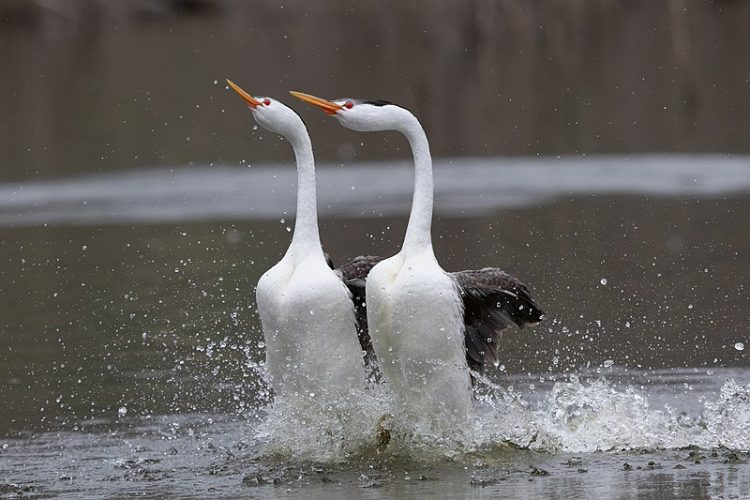
Using their large feet and fast stride, the Western and Clark’s grebes can run as far as 20 meters on water, making them the only bird and the heaviest animal on Earth capable of doing so. If you exclude Jesus Christ, whose biblical feat of walking on water is literally considered a miracle of the […]
